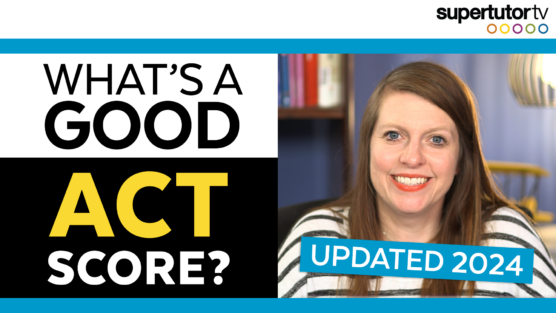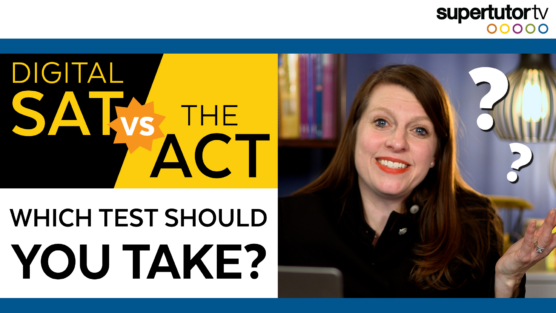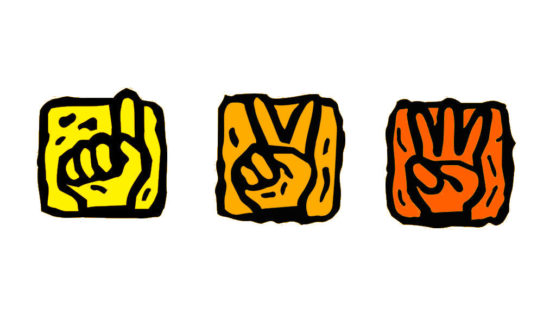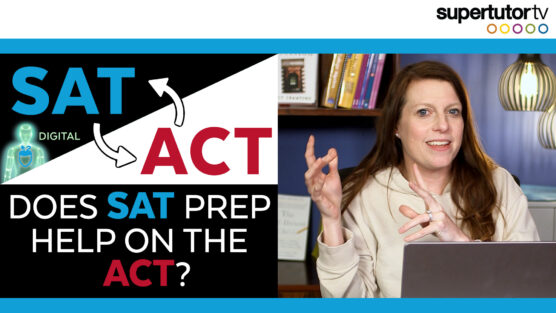Are you planning on self-studying for The ACT, yet have no idea where or how to begin? In this post, I’ll be walking through the best methods for those of you self-prepping for The ACT by combing through four primary categories of learners and suggesting the best study approaches tailored to each.
Rusty
Rusty students need to freshen up their content skills.
Perhaps you’ve taken geometry four years ago, and you’ve forgotten the Pythagorean theorem. Or maybe you’ve once mastered grammar rules like dangling modifiers or personal pronouns, but you can’t quite recall them anymore. Rusty is a category that students commonly fall into – skills can fade away when they’ve ceased to be practiced. (And sometimes– you’re not rusty, you’re just clueless– because you never learned these things in the first place).
The good news is that you can easily polish up your rusty areas with practice and content drills. Content drills are drills that identify specific types of problems that you haven’t solved in a while, and repeating them until you sharpen up. They are especially helpful for math and grammar. Material-wise, you can get an ACT prep guide from an independent tutor that has drills organized by type (or Supertutor’s Best ACT Math Guide EVER …coming soon…), Google some worksheets, or whip out your school textbooks and pick some practice problems. Just make sure to really drill down all of the concepts you are not completely confident on, even if you think you grasp the general idea.
Slow
A lot of students struggle on The ACT because it is wickedly timed. The two sections students commonly struggle with pacing on are the science and reading sections, followed by math. The answer for improved timing is to simply practice, practice, practice. The more you practice with a timer, the better you will get at timing yourself and keeping pace. If timing alone doesn’t solve the problems, then there are other issues and solutions you can consider.
For example, in order to buy some extra time on the science section, don’t read the passages first.
If these additional minutes are not enough, you might need to alter your process and approach. Some adjustments you can make are experimenting with different strategies, being creative, and ultimately seeing what method works best for you that maximizes your score. That could be skimming, taking notes, underlining, bubbling later, doing questions out of order on the reading (details first), etc.
Confused
Confused students might read a science or reading passage, only to realize that it completely went over their heads. If this sounds familiar, the best thing to do is to figure out why you’re confused. If you struggle on comprehending a reading passage, it’s probably because you don’t know some of the vocabulary. Although there is no vocabulary section on The ACT, I highly recommend investing in a vocabulary book in order to expand your word range. I have a video called Mnemonics: The BEST Way to Learn Vocabulary, where I not only talk about vocabulary-learning techniques, but also some suggested workbooks and resources. (If you’re a foreign speaker, I recommend the Wordly Wise 3000 series.)
If you struggle on comprehending science passages, I advise to initially slow down. When you slow down, you’re able to work through each problem and really understand how the test works. Think about playing a difficult piano passage – you can’t master the challenging portion instantly. Instead, you have to slow down at first and practice the section over and over again – then you can speed up. The same idea applies to slowing down on a difficult science or reading passage, and speeding up once you’re more comfortable and confident. “Get” the test first, then speed up.
Careless
I like to call careless errors “process errors.” Solving this issue requires catching the carelessness before you put down the answer– it’s about having a process that double checks answers. Nobody is always perfect, but you can be good at catching the times when you’re making a mistake. My advice is to set up some “safety nets” that catch any potential mistakes before you bubble in an answer. For English, you can force yourself to read the entire sentence (don’t read just a few words!) or identify questions that require utilizing context clues. For math, you can try rereading the question before filling in an answer. For science, you can circle significant details, double check which number chart you’re supposed to look at, jot down notes on the margins, or underline key phrases. Whatever your methodology, safety nets will help you exercise caution and avoid careless errors on The ACT, which can cost mucho points if accumulated. In order to ensure progress, you should also do a lot of careful practice.
One last note: REAL ACT’S ARE THE BEST MATERIALS TO PRACTICE FROM. For more tips on materials, watch our 10 tips for a 36 (link below!).
Self-studying for The ACT is a feat that can seem daunting and overwhelming. Hopefully these tips, tricks, and advice will aid your study process. Good luck!
If you’re looking for more information regarding The ACT, make sure to check out these posts below!
http://supertutortv.com/main/myportfolio/new-act-changes-know/




